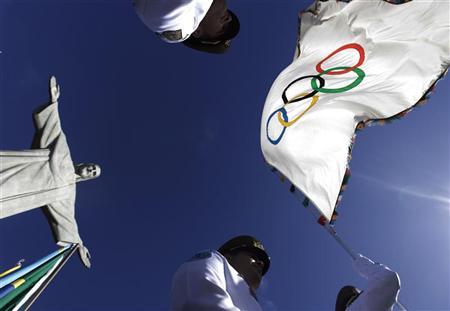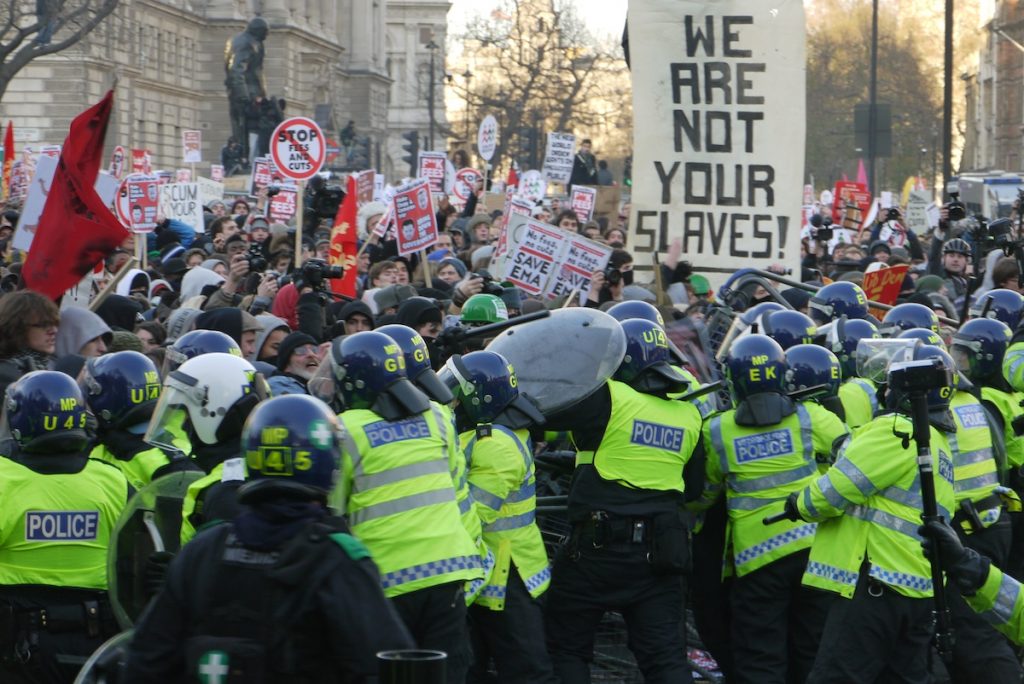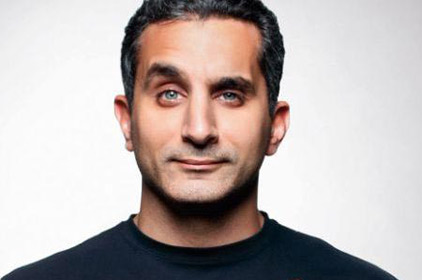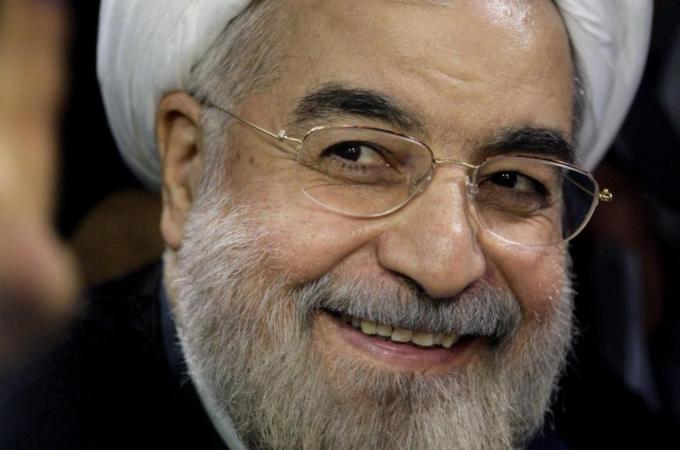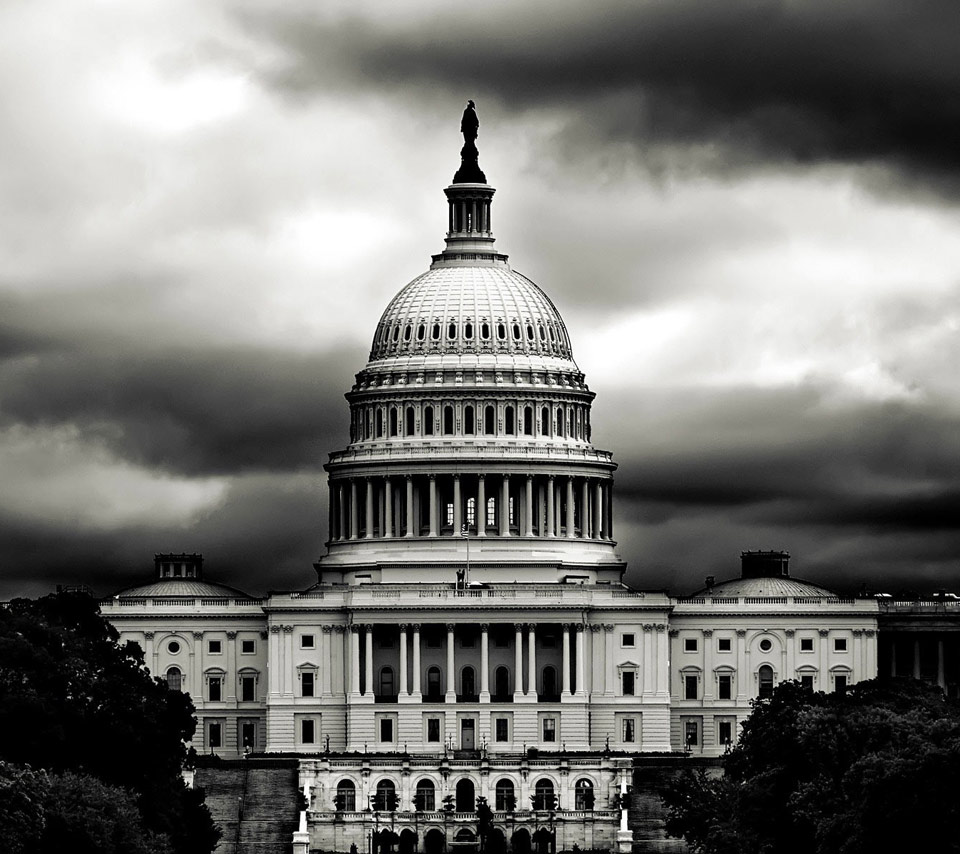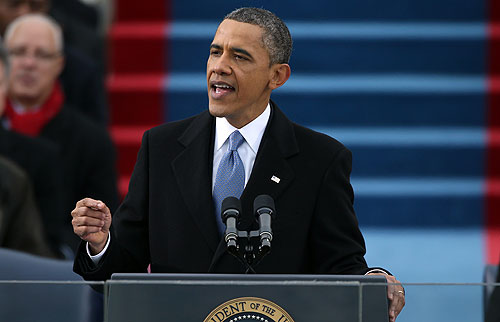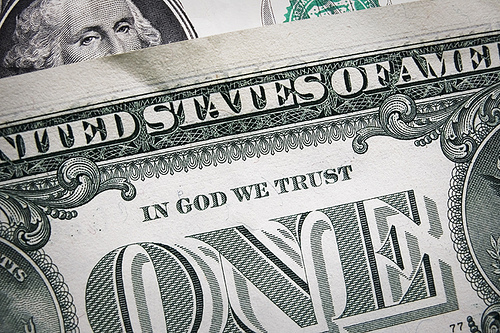This piece, authored by Peter Liu ’16, appeared in the Fall 2013 print issue.
The fear of nuclear confrontation in the Middle East increased when the International Atomic Energy Agency revealed in November 2011 that Iran was conducting research into nuclear technology that has little, if any, use outside of military applications (Cordesman et al 2012, 118). The election of the moderate Hassan Rouhani in June 2013, however, resulted in a significant shift in Iran’s official rhetoric, signaling a possible breakthrough in negotiations over Iran’s nuclear program (Charbonneau and Yeganeh 2013) . Given this rare opportunity for diplomacy, the United States should do everything possible to take advantage of the window presented. This means spending political capital to create a unified message, continuing to incentivize negotiations through sanctions, and being willing to make tough concessions in order to reach agreement.
In order for negotiations to succeed, the Obama administration must first determine what concessions the United States can credibly offer. Just as Rouhani cannot ignore conservative clerics or hawks in the Revolutionary Guard, Obama cannot ignore the influence of special interest groups like the American Israel Public Affairs Committee or the neoconservative senators in Congress. The Daily Beast (Gelb 2013) reports that American hawks are already demanding standards for lifting sanctions that Iran cannot possibly meet. If the executive and legislative branches cannot work together and send out a unified message to the Iranian government, negotiations will inevitably fail. Reaching consensus with Congress will require a tremendous amount of political capital from the administration. Nonetheless, this is a critical investment; the United States is running out of second chances with Iran.
For many years, the United States has imposed economic sanctions on Iran to devastating effect. These sanctions have not only put billions of dollars in oil money out of the Iranian government’s reach, but have also threatened the personal fortunes of hardliners in the Revolutionary Guard (Economist, 2013). The Supreme Leader Ayatollah Khamenei hoped that the international community would tire of sanctions before they broke the back of the economy, freeing Iran from having to make concessions. Such an optimistic outcome seems unlikely, however, as evidenced by Iran’s recent shift in strategy back towards diplomacy. With Iran suffering from 30 percent inflation and 20 percent unemployment (Katzman 2013, 55), its main priority now is fixing the economy. Sanctions were crucial in driving Iran back to the bargaining table, and the West should not scale them back too far or too quickly.
Ultimately, a successful bargain necessitates that both the United States and Iran make significant concessions. The United States demands that Iran abandon its pursuit of nuclear weapons once and for all. This means shutting down nuclear plants, cutting back on centrifuges, increasing the number of inspections performed by the International Atomic Energy Agency, shuttering the heavy water reactor, and most importantly, stopping uranium enrichment (Dreazen 2013). Iran, on the other hand, wants freedom from Western sanctions, international recognition of its right to a civilian nuclear program, and most importantly, security from outside intervention (Dreazen 2013). In a potential deal, the United States might allow uranium enrichment up to 5 percent, which is enough for reactors and power generation, in return for extensive monitoring and examinations; the highly enriched uranium that Iran already possesses could be dispatched to other countries and converted into harmless medical devices in exchange for a gradual lifting of U.S. sanctions.
The current penchant for diplomacy might not last, leaving a limited window for action. The United States needs to recognize the importance of this window and take advantage of the opportunity presented. There may not be many chances for future rapprochement.
Update 11/18/13: Parenthetical citations, initially removed for stylistic reasons, have been added due to the significant attention the article has garnered from high school policy debaters.
Works Cited
Charbonneau, Louis, and Yeganeh Torbati. 2013, Oct 16. “U.S. Says Talks Intense, Serious after Iran Hints at Atomic Concessions.” Reuters. <http://www.reuters.com/article/2013/10/16/us-iran-nuclear-idUSBRE99F0G820131016>
Cordesman, Anthony H., Gibbs Michael, Gold Bryan, Wilner Alexander. 2012. “Iran and the Gulf Military Balance – II” Center for Strategic and International Studies. <http://csis.org/files/publication/Iran%20and%20Gulf%20Military%20Balance%20Part%20I%20-%2011-5-2012.pdf>
Dreazen, Yochi. 2013, Sept. 24. “Forget the Handshake.” Foreign Policy. <http://www.foreignpolicy.com/articles/2013/09/24/forget_the_handshake_us_iran>
Economist. 2013, Sept. 28. “Curb Your Enthusiasm.” < http://www.economist.com/news/leaders/21586860-nuclear-deal-iran-would-be-great-prize-reason-keep-sanctions-curb-your?zid=308&ah=e21d923f9b263c5548d5615da3d30f4d>
Gelb, Leslie H. 2013, Sept. 24. “Iran, Try Peace or Get War.” The Daily Beast. <http://www.thedailybeast.com/articles/2013/09/24/iran-try-peace-or-get-war.html>
Katzman, Kenneth. 2013, July 26. “Iran Sanctions.” Congressional Research Service. <http://www.fas.org/sgp/crs/mideast/RS20871.pdf>
[Image Credit: http://www.crwflags.com/fotw/images/i/ir.gif]


